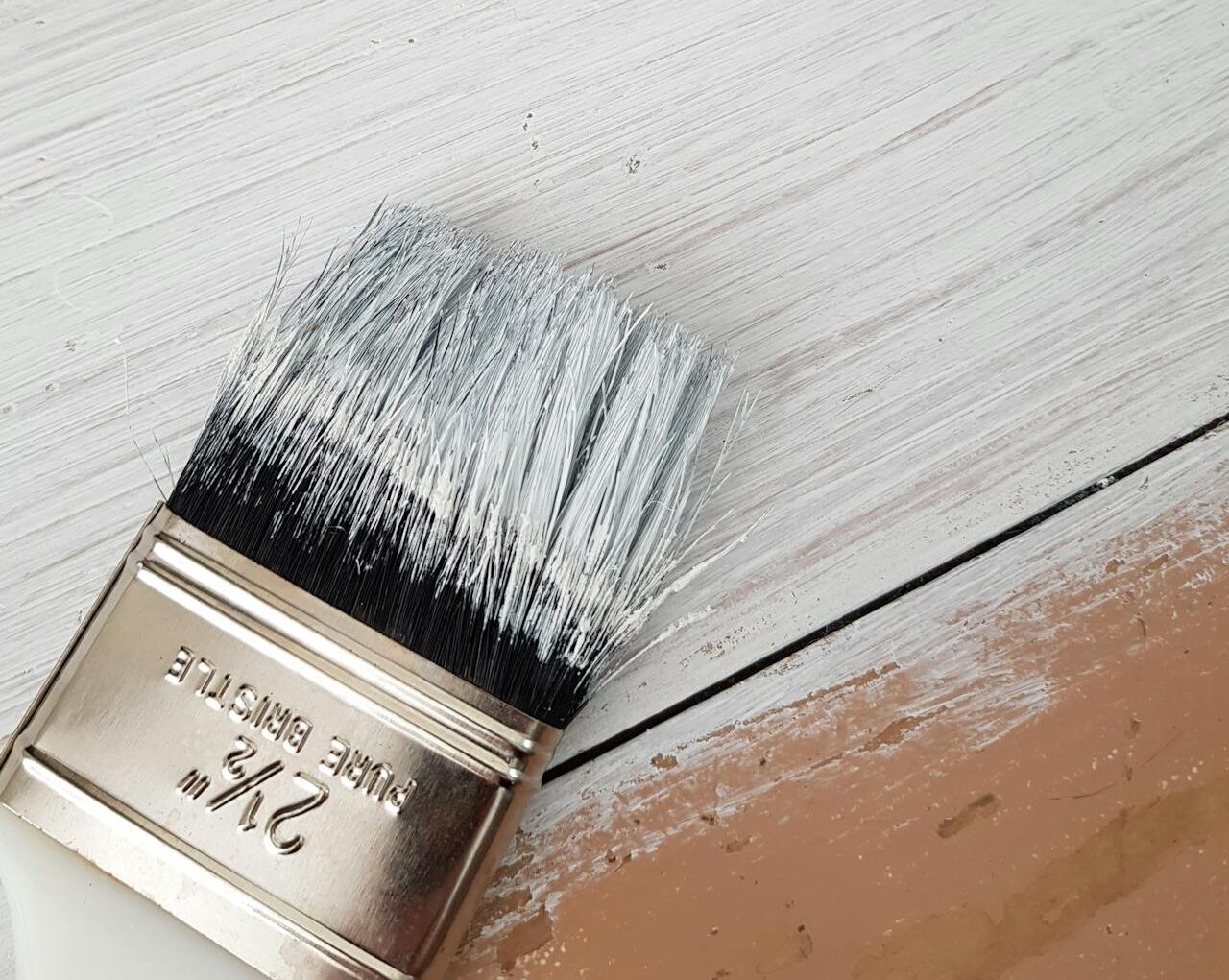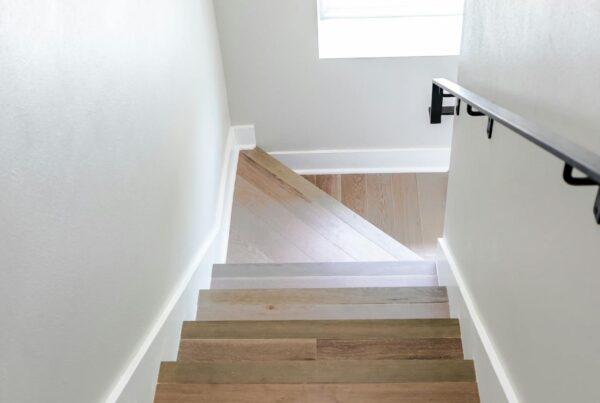Should I paint or stain my stairs?
When considering revamping the staircase, homeowners often grapple with the decision: to paint or to stain? This choice can significantly affect the aesthetic appeal, durability, and maintenance requirements of your stairs. Let’s delve into the merits and considerations of both options to help you make an informed decision.
Paint: A World of Colour
Painting your stairs offers a broad palette of colours, allowing you to match or complement the existing décor of your home. It’s an excellent way to inject personality and vibrancy into a space. Paint can also be a boon for stairs that have seen better days, covering imperfections like dents, scratches, or mismatched wood. However, it’s worth noting that paint may require more frequent touch-ups, especially in high-traffic areas, as it can chip or scuff over time. Choosing a high-quality, durable paint designed for floors can mitigate this issue, providing a finish that lasts longer and is easier to clean.
Stain: Highlighting Natural Beauty
Staining your stairs can enhance the natural beauty of the wood, showcasing its grain and adding warmth and depth to your home. A stain is typically more durable than paint and less likely to show chips and scratches. It’s an ideal choice for high-quality wood stairs that you want to highlight as a feature of your home. However, staining can be more limiting in terms of colour choices, and it won’t cover up imperfections in the wood as paint does. Preparation is key when staining; the wood must be sanded down to a smooth finish, and a pre-stain conditioner may be needed to ensure an even application.
Durability and Maintenance
When it comes to durability, stain generally takes the lead, especially if a topcoat of sealer is applied. This combination can protect the wood from wear and tear, moisture, and fading. Painted stairs, while initially protective, may require more frequent touch-ups due to the wear and tear of foot traffic. Maintenance is also a consideration; painted stairs can be easier to clean with just a wipe down, but scratches and chips are more noticeable. Stained stairs, on the other hand, may require resealing over time but are better at hiding minor damage.
Safety Considerations
Safety is a paramount concern with stairs. Paint can sometimes lead to a slicker surface, increasing the risk of slips and falls. If you opt for paint, consider adding a non-slip additive to the paint or applying a non-slip clear coat over the top. Stain, particularly when topped with a non-slip sealant, can offer a safer surface without compromising on aesthetics.
Cost and Complexity
The cost of both painting and staining your stairs can vary widely depending on the quality of the materials you choose and whether you hire a professional or do it yourself. Generally, painting is considered to be less labour-intensive and, therefore, potentially cheaper if you’re undertaking the project yourself. Staining can be more complex, requiring more prep work and the application of multiple layers for a uniform finish.
In conclusion, whether you choose to paint or stain your stairs depends on your personal preferences, the condition of your stairs, and your home’s overall style. Painting offers a vast array of colour choices and can disguise imperfections, while staining highlights the natural beauty of the wood and is generally more durable. Consider the maintenance, safety, and cost implications of each option to decide which route best suits your home and lifestyle.

Why not check out our online staircase builder?




